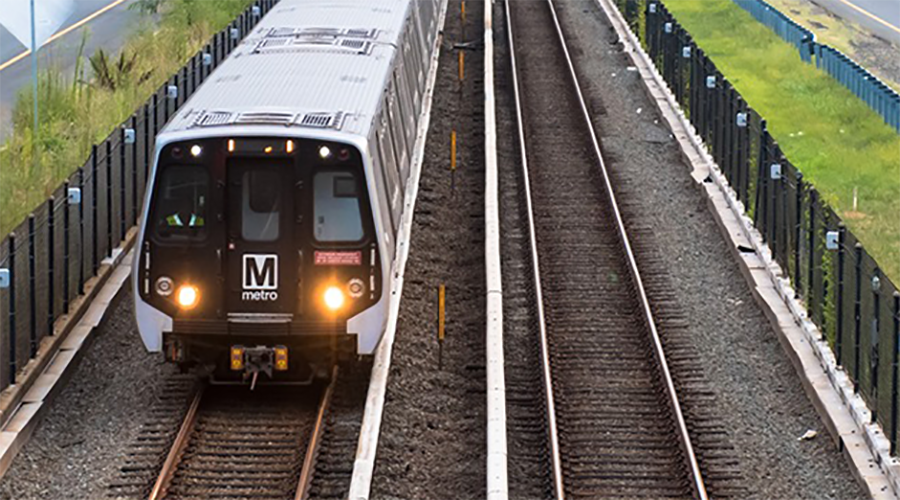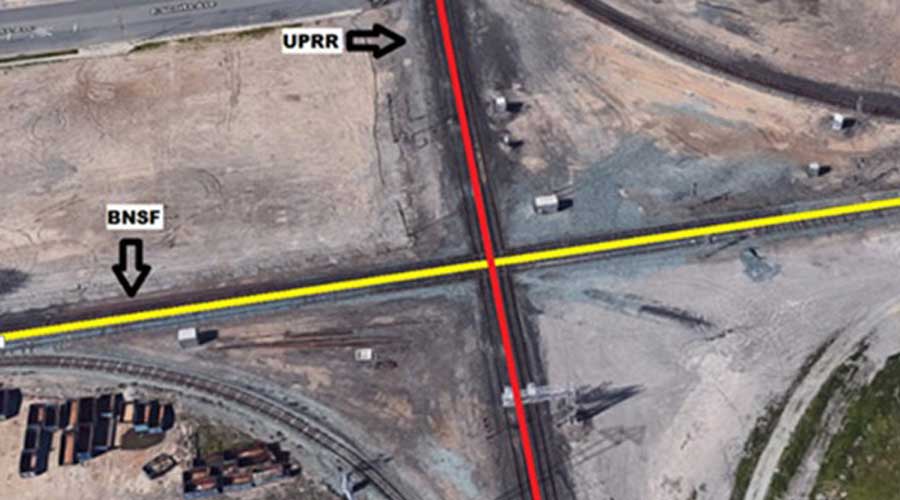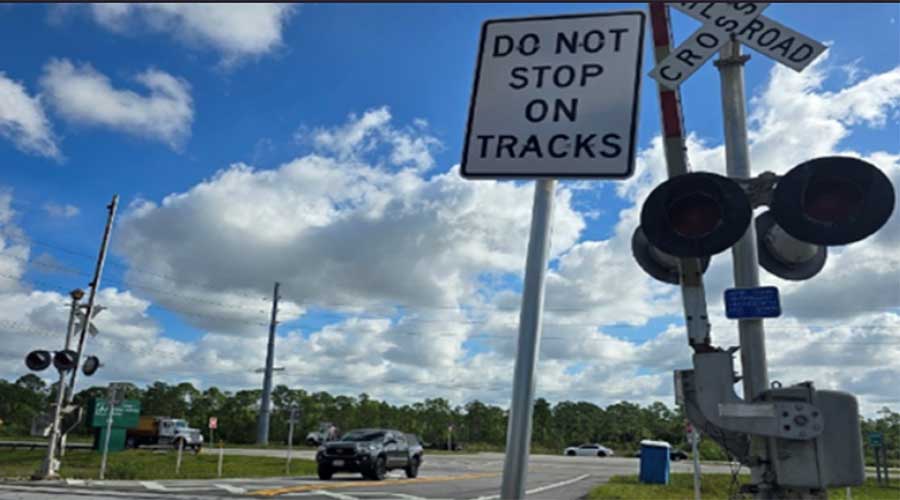Stay updated on news, articles and information for the rail industry
7/23/2015
Rail News: Federal Legislation & Regulation
Railroads' revenue adequacy generates debate at STB hearing
Misapplying regulations such as re-instituting revenue caps would have far-reaching impacts on the freight-rail industry's ability to sustain the billions of private funds spent by railroads each year to build, maintain and upgrade their networks, Association of American Railroads (AAR) President and Chief Executive Officer Ed Hamberger said yesterday during a Surface Transportation Board (STB) hearing on railroads' revenue adequacy.
The STB annually determines whether Class Is are revenue adequate, a concept that describes whether a railroad is earning sufficient revenue to cover its costs and earn a reasonable return sufficient to attract capital. The hearing explored how the board should regulate railroads that are revenue adequate, and how such an adequacy finding should impact the regulation of rail rates, among other issues.
"As you take up the issue of revenue adequacy, you are painting on a much, much larger canvas than just the inside of this room," said Hamberger. "What you are considering and may decide here in this hearing room a stone's throw from the U.S. Capitol will ripple across the economy and ultimately impact most every American."
Hamberger and others testifying before the board shared examples of how earning sufficient revenues has enabled railroads to make massive investments in their rail infrastructure — such as nearly $29 billion in 2015 and $575 billion since 1980 — in contrast to highway improvements that are funded by taxpayers.
Regulation of railroads' overall revenue levels would run counter to Congress's goals in the Staggers Act of 1980, which partially deregulated the freight-rail industry to allow railroads to earn sufficient revenue to meet their long-term needs, said Hamberger. The concept of revenue adequacy should be a goal, and not a directive to constrain revenues, AAR officials believe.
"Now comes a handful of interest groups that want you to cut their transportation costs by direct government intervention at the expense of the greater good. Let's call it what it is: They want you to institute a regime of wide ranging price controls on freight railroads," Hamberger testified.
Should the STB decide to "relapse into 1970s-era regulatory policies," it would undermine the industry's ability to continue to improve rail safety, efficiency and reliability, as well as its efforts to increase U.S. exports, support U.S. energy independence, and effectively provide a healthy rail network relied upon by millions of Amtrak and commuter-rail passengers daily, he said.
CSX Corp. Executive Vice President and Chief Financial Officer Fredrik Eliasson agrees that railroads that are revenue adequate and earn their cost of capital should "not be punished" with capped shipping rates.
"Revenue adequacy should be a benchmark of railroad health, and not a tool for re-regulation," he said during his testimony. "To apply revenue adequacy to companies in competitive markets as a rationale to cap rates is to diminish incentives to aspire to innovation, efficiency and quality service."
Eliasson urged the STB to promote railroads' re-investment in locomotives, freight cars, terminals and tracks. He also asked the board to view revenue adequacy as a barometer of industry health and regulatory policy success, address a replacement cost imperative, promote differential pricing and ensure free market results to foster re-investment.
However, rail shipper coalition Consumers United for Rail Equity (CURE) is concerned that the promotion of effective rail competition and the implementation of effective rate regulation has been impeded by an unfounded perception that the rail industry has not achieved revenue adequacy on a long-term basis, wrote CURE President David Sauer in written comments submitted to the STB in response to the hearing.
"CURE has long been concerned that the STB’s annual determinations of the 'revenue adequacy' for Class I carriers does not reflect the true health of the industry and its members," he wrote. "CURE believes that the carriers' falsely perceived lack of adequate revenues has served to shield the railroads’ exercise of their monopoly pricing power from STB scrutiny and prevented shippers from obtaining appropriate relief."
For those reasons, the coalition continues to support the elimination of the statutory requirement for the annual determinations and opposes railroads' efforts to evaluate revenue adequacy on the basis of replacement costs, Sauer said.


 2025 MOW Spending Report: Passenger-rail programs
2025 MOW Spending Report: Passenger-rail programs
 Gardner steps down as Amtrak CEO
Gardner steps down as Amtrak CEO
 Guest comment: Oliver Wyman’s David Hunt
Guest comment: Oliver Wyman’s David Hunt
 Women of Influence in Rail eBook
Women of Influence in Rail eBook
 railPrime
railPrime








